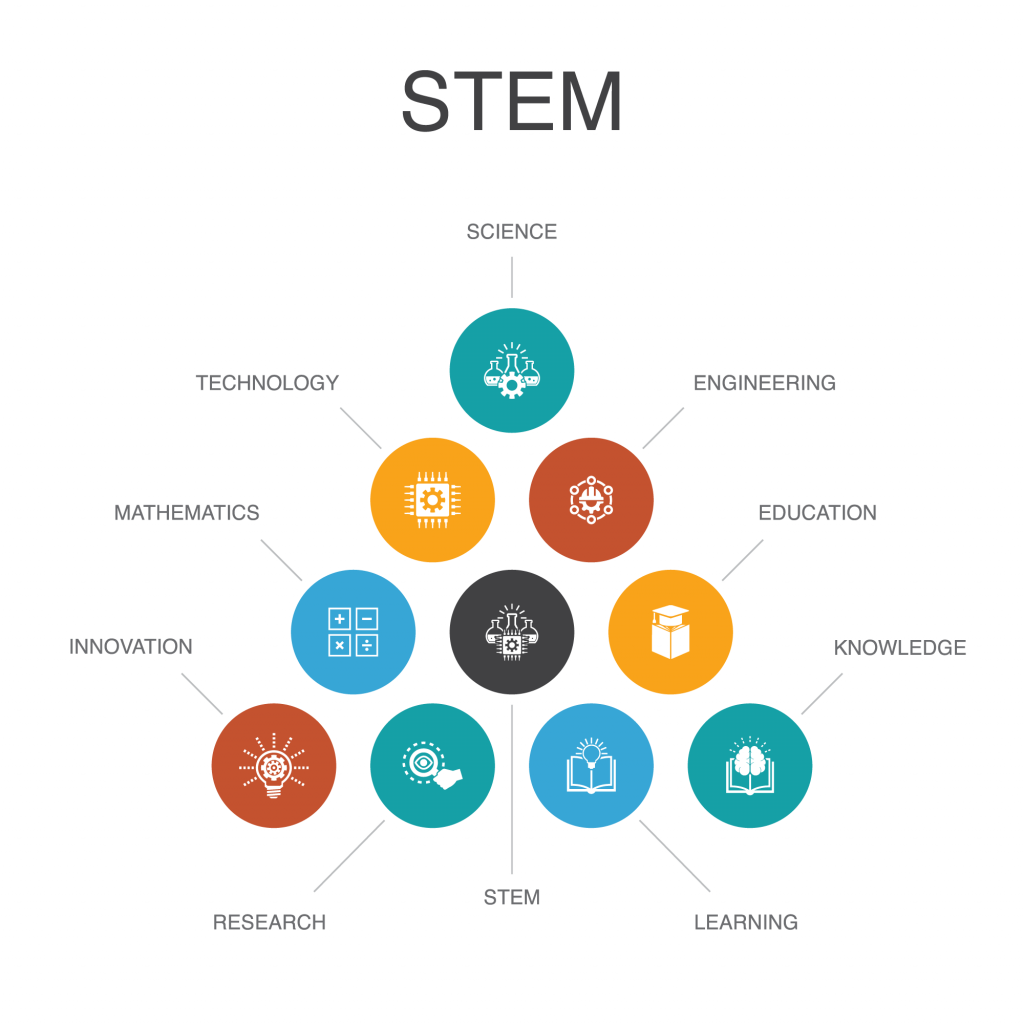President Barack Obama postulated that “leadership tomorrow depends on how we educate our students today—especially in science, technology, engineering and math” (Science, Technology, Engineering and Math:Education for Global Leadership, n.d). According to the U.S. department of education, a mere 16% of the high-school students are proficient in math and are enticed to go into a STEM career. Moreover, among those students who do go on to pursue a STEM course in college, approximately half of them eventually work in non-STEM related fields. With fewer graduates going on to pursue a STEM career, the proclivity for saying that there might be a shortage of American STEM professionals is high. While some may agree, others contend that there is no shortage in the STEM sector.
The STEM shortage debate
In his book Falling Behind: Boom, Bust & the Global Race for Scientific Talent, author Micheal Teitelbaum professes that graduates with a STEM degree don’t have jobs that fit their training (Leef, 2014). He also elucidated that U.S. had seen five STEM-related debates since World War II and that the circumstances of such debates are often homogeneous:
To negate the “perceived” shortage of STEM workers, the federal government often intervenes by introducing policies favoring STEM research and education. However, after the government rescinded its measures, there exists a chasm between the number of jobs available and the number of STEM graduates.
Teitelbaum also denounced private organizations for exploiting the notion that STEM is a special domain in order to push for policies favoring them. The latter leads to pro-STEM policies that then cloud people’s judgment as they invest heavily in their STEM degree. However, when the government stops its intervention, STEM graduates find that the jobs are not there as they had been assured they would be.

In separate research, it was disclosed that among the 7.6 million STEM professionals, only a mere 3.3 million hold a STEM degree (Charette, 2013). This indicates it is not mandatory to get a STEM degree to pursue a career in that field. Opponents argue that if there is indeed a shortage of workers in that area, more graduates holding a STEM degree should have been able to enter the sector.
According to the U.S. Bureau of Labor Statistics, the employment in STEM occupations during 2021 was 9,880,200. The data and the industry trend suggest that this number will increase during the next decade by at least one million during the next decade. This would make the total employment in STEM occupations in 2031 nearly eleven million. This report includes STEM occupations such as computer and mathematical, architecture and engineering, life and physical science, managerial and postsecondary teaching occupations related to functional areas, and sales jobs that require scientific or technical knowledge.
Conclusion
While it’s equivocal as to whether there is indeed a shortage in those sectors, it is crucial for universities to not compromise the quality of their graduates with quantity. Universities should not accept more students than necessary into a course just for profit and, thereby, producing mass numbers of professionals for a niche market like laboratory research.
In conclusion, make sure you are pursuing a STEM degree because you are interested in it and not because it provides a “secure job and high pay” since the aforementioned reasons have recently been debunked.
Originally published on the Zealousness blog in 2016. Revised and updated in 2022.
Read more science article on Zealousness blog Science – iN Education Inc. (ineducationonline.org).
Bibliography
- Charette, R. N. (2013, Aug 13). The STEM Crisis Is a Myth. Retrieved Oct 28, 2014, from IEEE Spectrum: http://spectrum.ieee.org/at-work/education/the-stem-crisis-is-a-myth
- Leef, G. (2014, June 6). True Or False: America Desperately Needs More STEM Workers. Retrieved October 27, 2014, from Forbes.com: http://www.forbes.com/sites/georgeleef/2014/06/06/true-or-false-america-desperately-needs-more-stem-workers/
- Science, Technology, Engineering and Math:Education for Global Leadership. (n.d). Retrieved September 16, 2014, from U.S. Department of Education: http://www.ed.gov/stem
- “Employment in STEM Occupations : U.S. Bureau of Labor Statistics.” 2019. Bls.gov. September 4, 2019. https://www.bls.gov/emp/tables/stem-employment.htm.
Special thanks to Northeast Ohio Regional Sewer District – Cleveland STEP – Northeast Ohio Regional Sewer District (neorsd.org)
Connect with Northeast Ohio Regional Sewer District on social media
- https://twitter.com/neorsd
- https://www.facebook.com/yoursewerdistrict
- https://www.youtube.com/user/neorsdccr
- https://www.instagram.com/neorsd/
- https://www.pinterest.com/wallywaterdrop/
























